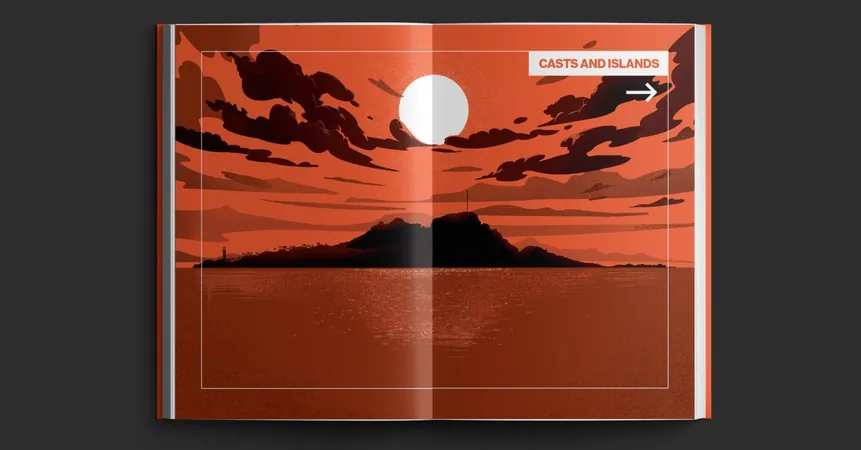
Winter Night Skies: A Magical Display Awaits with Meteor Showers and Northern Lights!
2024-11-27
Author: Kai
As winter envelops us, stargazers and sky enthusiasts alike are in for a visual feast! Officials from the National Oceanic and Atmospheric Administration (NOAA) are predicting not only spectacular meteor showers but also a potential return of the mesmerizing northern lights.
Known scientifically as the aurora borealis, these stunning displays of dancing lights in hues of red and green are triggered by geomagnetic storms originating from the sun. Just last October, many across New York state were treated to this celestial spectacle.
Shawn Dahl, a service coordinator with the NOAA, highlights that the chances of witnessing the northern lights spreading across the continental United States are significantly elevated. We are currently experiencing what scientists call the solar maximum of solar cycle 25. "This means we can expect an uptick in solar storms, which can lead to more aurora sightings even in lower latitudes," Dahl explained. This heightened solar activity is likely to persist through 2025 and possibly even into early 2026, offering more opportunities for skywatchers to spot these enchanting lights.
Prepare for December's Celestial Showdown!
Mark your calendars! December is set to light up the night sky with the Geminid meteor shower, peaking around December 13-14. This prolific meteor shower can produce up to 100 meteors per hour at its peak. While many meteors may be faint, numerous bright streaks will illuminate the sky, especially under optimal viewing conditions.
But don’t stop there! The first week of January will also dazzle with the Quadrantid meteor shower, peaking on the night of January 2-3. Thanks to a crescent moon setting before the peak arrives, darker skies will enhance viewing opportunities. Although this shower is known to be one of the strongest of the year, its fleeting six-hour peak means you’ll want to keep an eye out, as weather conditions during this period can be unpredictable.
Stargazing Beyond Meteor Showers
Winter nights also bring some of the most stunning constellations into view. Among these is Orion, the famous hunter of Greek mythology, identifiable by a noticeable belt of three stars and flanked by two luminous stars along with the breathtaking Orion Nebula. Close by, you'll find Taurus the Bull with its prominent Pleiades star cluster, adding to the rich tapestry of winter constellations.
As we gear up for these stunning astronomical events, the combination of meteors and the northern lights promises winter nights brimming with wonder. So grab your telescope or simply lie back under the stars—this is nature’s show that you won’t want to miss!



 Brasil (PT)
Brasil (PT)
 Canada (EN)
Canada (EN)
 Chile (ES)
Chile (ES)
 España (ES)
España (ES)
 France (FR)
France (FR)
 Hong Kong (EN)
Hong Kong (EN)
 Italia (IT)
Italia (IT)
 日本 (JA)
日本 (JA)
 Magyarország (HU)
Magyarország (HU)
 Norge (NO)
Norge (NO)
 Polska (PL)
Polska (PL)
 Schweiz (DE)
Schweiz (DE)
 Singapore (EN)
Singapore (EN)
 Sverige (SV)
Sverige (SV)
 Suomi (FI)
Suomi (FI)
 Türkiye (TR)
Türkiye (TR)